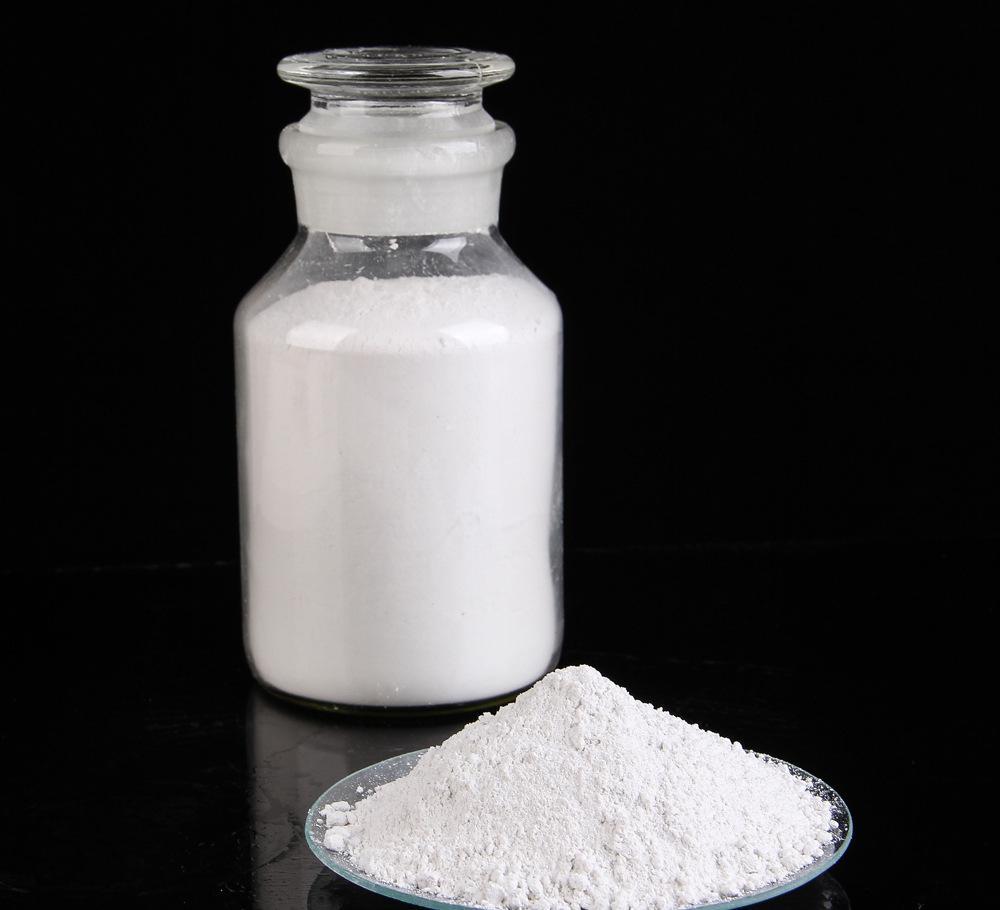Synthesis of MH composite N-P brucite powder flame retardant and study on flame retardancy and smoke suppression of poplar wood treated with it

This paper reviews the synthesis method of MH composite N-P brucite powder flame retardant and its application in flame retardant and smoke suppression treatment of poplar wood. A new flame retardant was prepared by compounding magnesium hydroxide (MH) with nitrogen-phosphorus flame retardant, and its performance was evaluated in detail. The results show that the composite flame retardant can effectively improve the flame retardancy and smoke suppression of poplar wood, providing a new way for wood flame retardant treatment.
Wood is widely used in industries such as construction and furniture manufacturing due to its natural beauty and easy processing. However, wood is flammable and releases a large amount of toxic smoke when burning, which poses a threat to personnel safety. Therefore, developing effective flame retardant treatment technology is one of the important measures to improve the safety of wood.
Synthesis of flame retardant
Raw materials: magnesium hydroxide (MH), nitrogen-phosphorus flame retardant (such as ammonium phosphate).
Synthesis method:
Mix MH and nitrogen-phosphorus flame retardant in a certain proportion.
Use hydrothermal method or sol-gel method and other synthesis techniques to prepare composite flame retardant.
The prepared composite flame retardant is dried.
Flame retardant treatment of poplar
Impregnation treatment: The poplar is immersed in a solution containing a composite flame retardant to allow the flame retardant to fully penetrate into the wood.
Curing treatment: After the impregnation treatment, the poplar is placed under suitable conditions for curing to ensure a good combination of the flame retardant and the wood.
Performance evaluation
Flame retardancy: The flame retardancy of the treated poplar is evaluated by oxygen index (LOI) test, vertical burning test (UL-94) and other methods.
Smoke suppression: The smoke generation of the treated poplar during combustion is evaluated by smoke density test (SDR) and other methods.
Thermal stability: The thermal stability of the flame retardant is studied by means of thermogravimetric analysis (TGA) and differential scanning calorimetry (DSC).
Results and discussion
Flame retardancy: The oxygen index of the treated poplar is significantly improved, and the vertical burning grade reaches V-0 level.
Smoke suppression: Compared with the untreated poplar, the smoke density generated by the treated poplar during combustion is significantly reduced.
Thermal stability: The composite flame retardant has good thermal stability and can effectively delay the thermal decomposition process of wood.
A new type of flame retardant was prepared by compounding magnesium hydroxide with nitrogen-phosphorus flame retardants and successfully applied to the flame retardant treatment of poplar wood. The composite flame retardant can significantly improve the flame retardancy and smoke suppression of poplar wood, providing an effective way to improve the safety of wood.








